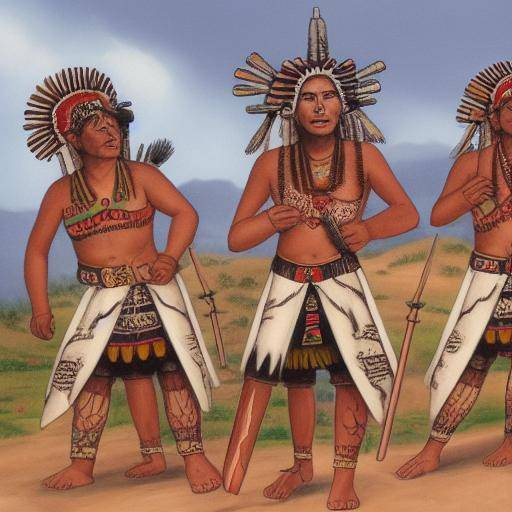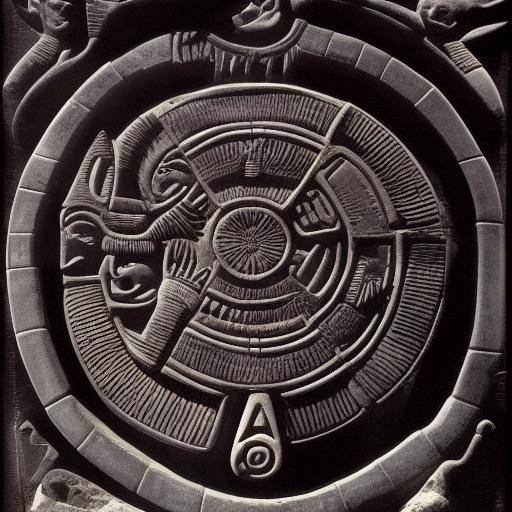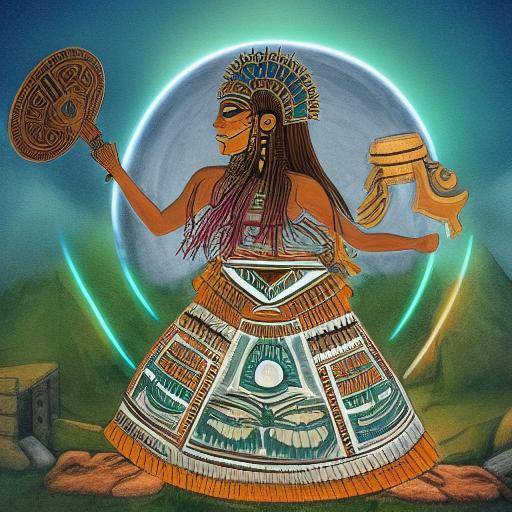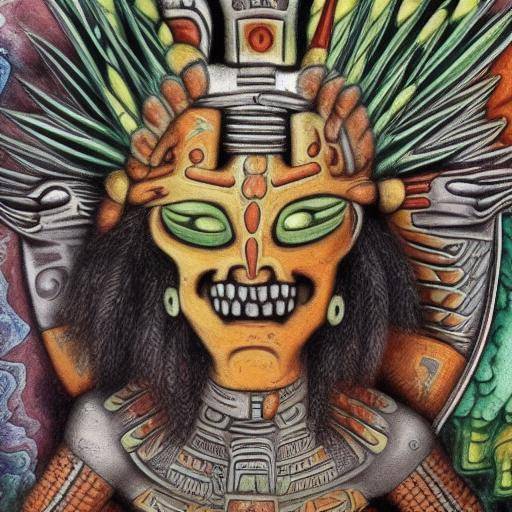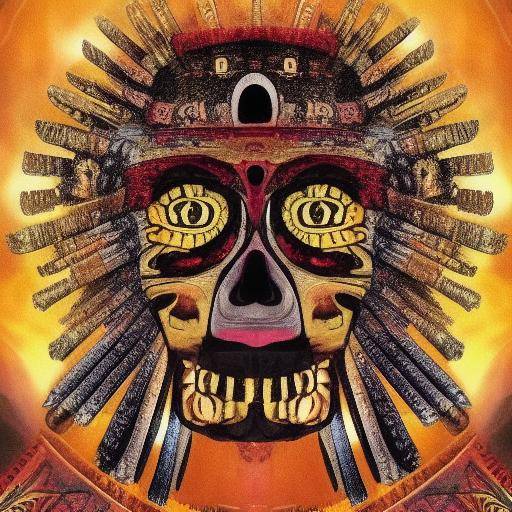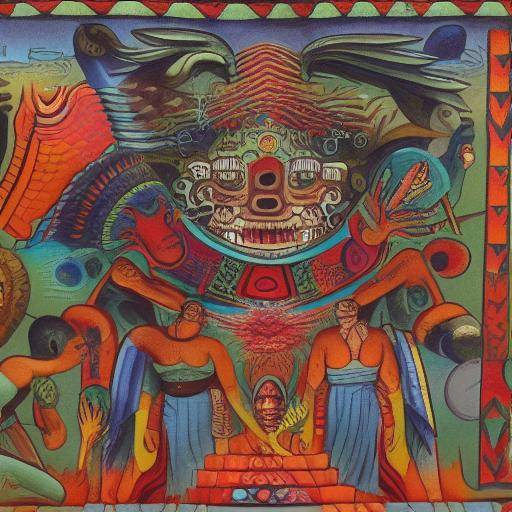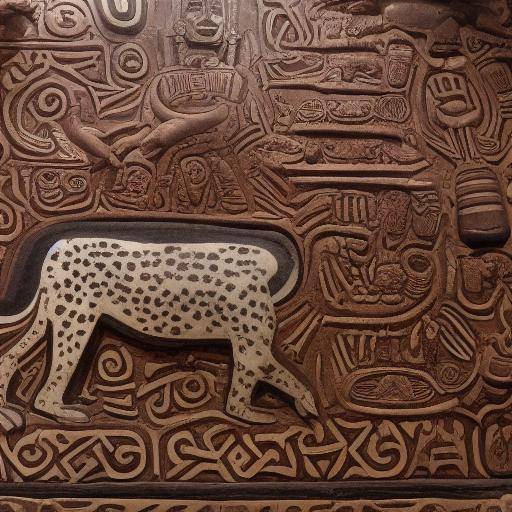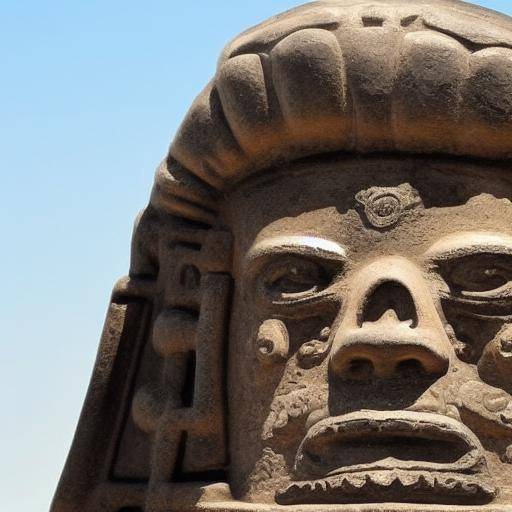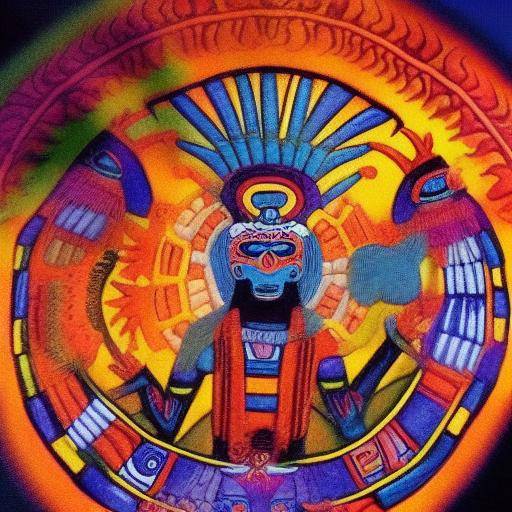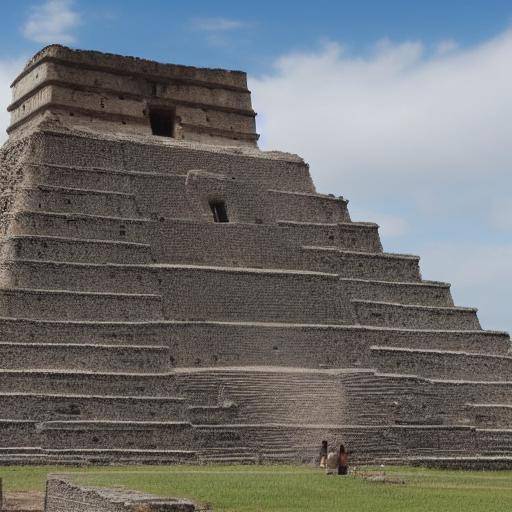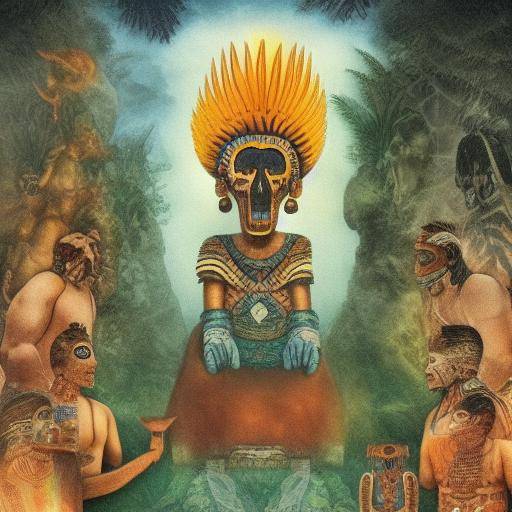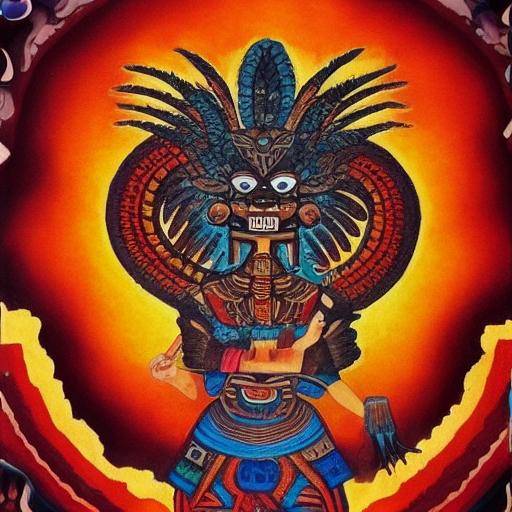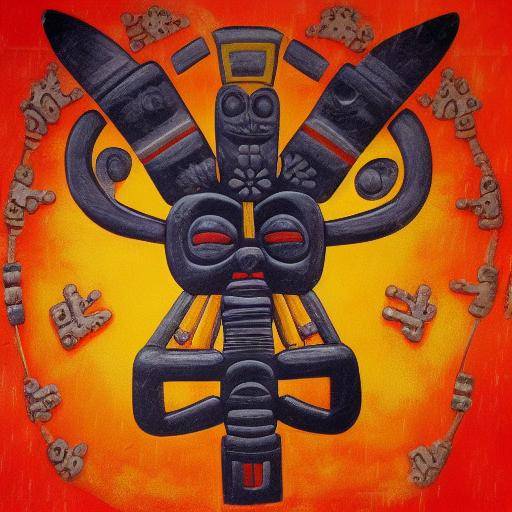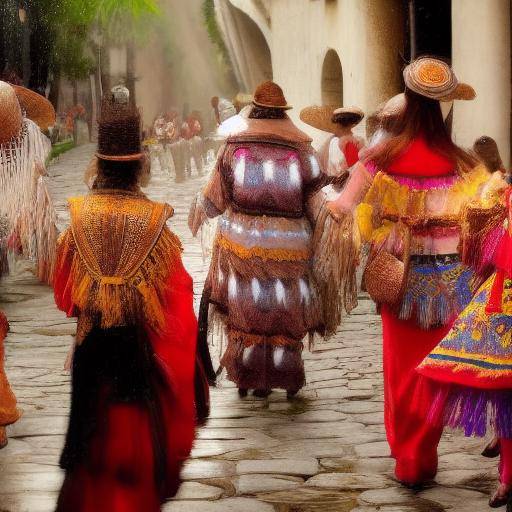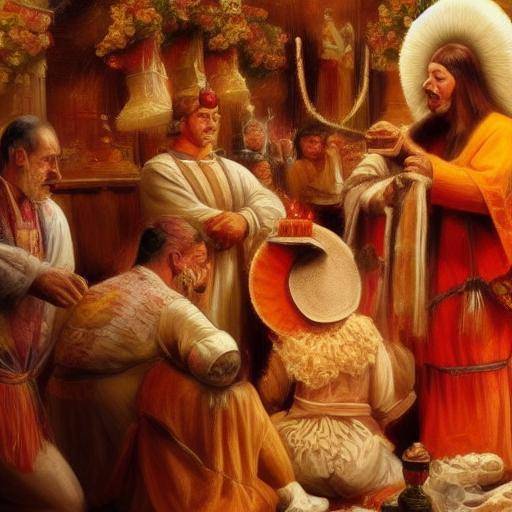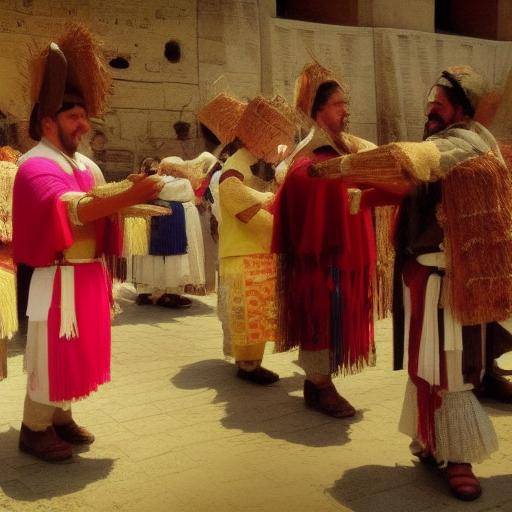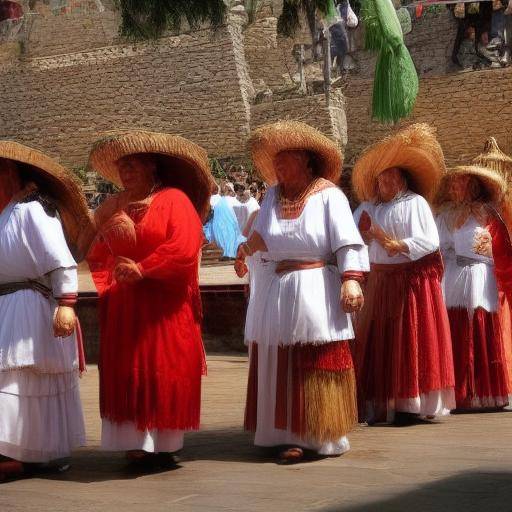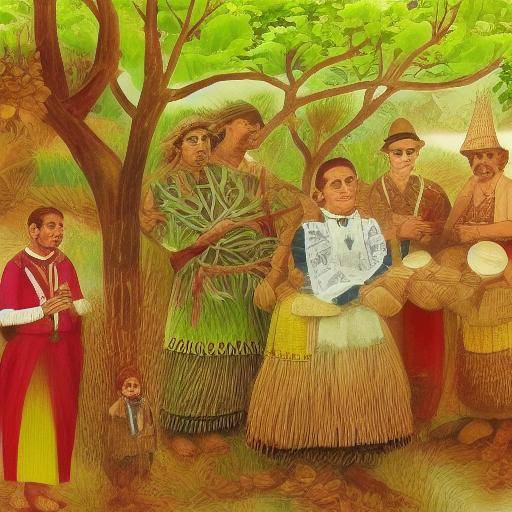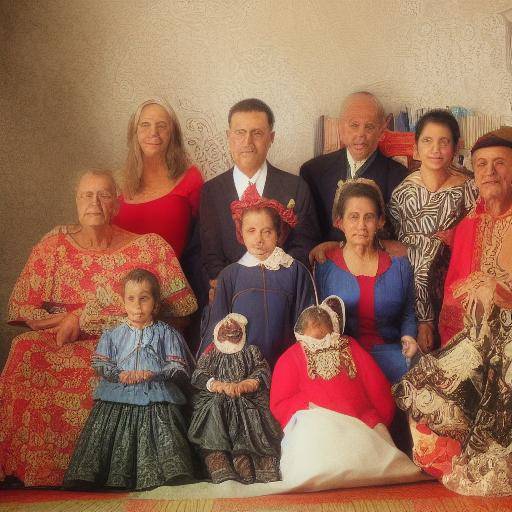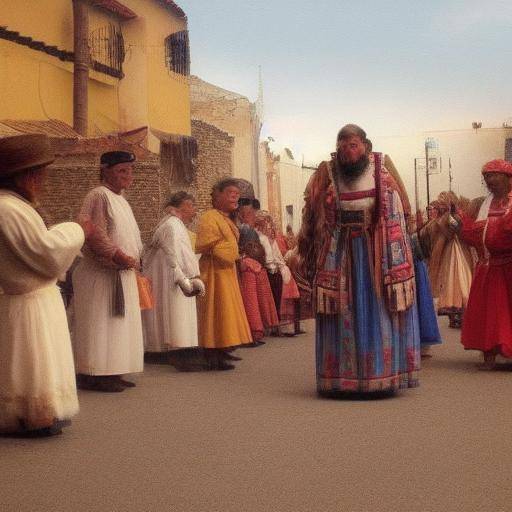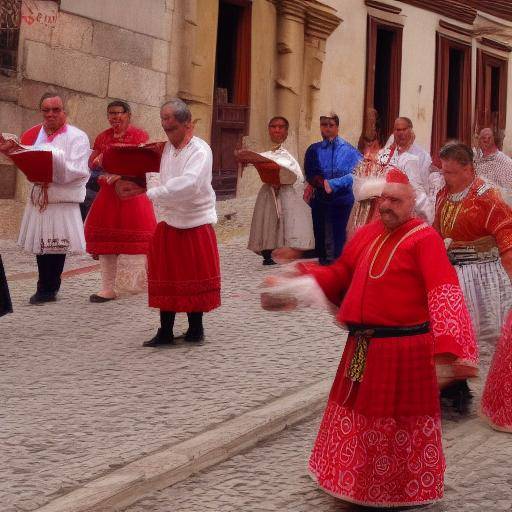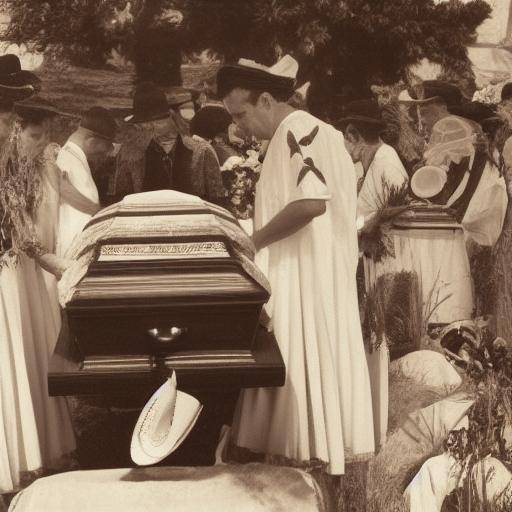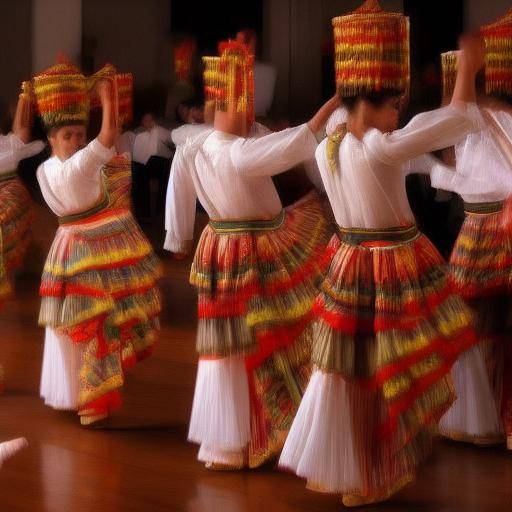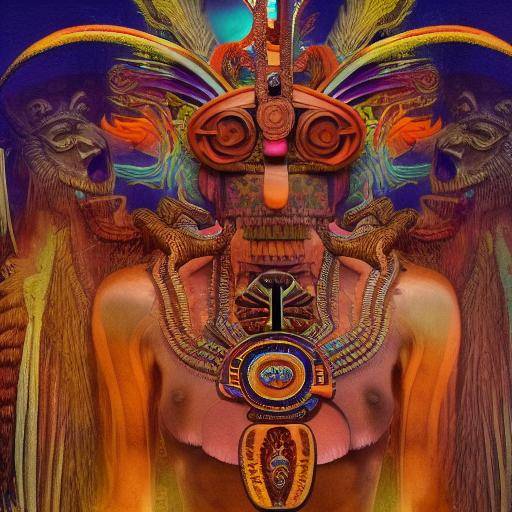
Aztec mythology is fascinating and provides a direct link to the beliefs and cosmogony of one of the most impressive cultures in history. Through mythical beings of Aztec mythology, we can explore an ancient past full of symbolism, mystery and creativity. In this article, we will immerse ourselves in the world of Aztec mythical beings to discover their stories, meanings and relevance today. From the feathered serpent Quetzalcóatl to the dreadful sun god Huitzilopochtli, this journey will lead us to understand the richness of Aztec mythology and its legacy in contemporary culture.
Introduction
Discovering the Mystic Aztec Beings
Aztec mythology is one of the richest and most complex aspects of Mesoamerican mythical thinking. Their fantastic stories have captivated generations and their lasting influence on Mexican traditions and folklore. Through the exploration of mythical beings such as the gods, monsters and heroes of Aztec mythology, we can understand how this ancient civilization interpreted and made sense to the world around them.
History and Background
The Origin of Aztec Mythology
Aztec mythology, also known as the Nahuatl religion, dates back to the dawn of Mesoamerican civilization. His complex network of deities, narratives and rituals was closely intertwined with everyday life, seasons and human activities. The absorption and adaptation of deities from other cultures, such as the toltec, enriched the Aztec mythological pantheon, giving it a remarkable diversity and complexity.
Cosmovisions and Beliefs
The mythical beings of Aztec mythology reflect a deeply rooted worldview in nature, duality and the endless cycle of life and death. The gods like Quetzalcóatl personify such cosmic forces and represent the rise and fall, good and evil, intertwining the opposite concepts in a complex network of symbolic meanings.
Evolution of the Mystic Beings
Over the centuries, Aztec mythology experienced significant changes, influenced by historical, social and political factors. With the expansion of the Aztec empire, the integration of new regions and cultures contributed variations in mythological beliefs, thus enriching the repertoire of mythical beings and their stories.
Legends and stories
The mythical Aztec accounts, transmitted mainly through oral traditions and codexes, reveal an intricate cosmos filled with heroic feats, tragedies and divine confrontations. Legends of mythical beings such as jaguar, eagle and serpent offer us a profound view of the relationship between humanity and the supernatural.
Analysis in Deep
Meaning Contemporary
Despite the conquest and colonization, Aztec mythology persists in the collective memory and Mexican traditions. The legacy of Aztec mythical beings is manifested in festivities, art, music and popular culture, showing their continued relevance in contemporary society.
Symbolic Interpretation
Each mythical being of Aztec mythology embodies deep symbolic meanings that transcend time and space. Quetzalcóatl, for example, represents the duality of human nature and the constant search for balance and wisdom. This symbolic interpretation of mythical beings demonstrates their ability to offer timeless and universal teachings.
Influence in Arts and Literature
Aztec mythology has been a source of inspiration for countless artists, writers and filmmakers. His mythical beings, like the monster of the Laguna de Tláloc or the dog Xólotl, have been represented in paintings, sculptures, novels and films, enriching the artistic and literary expression with the depth and diversity of these ancestral narratives.
Comprehensive review
Rites and Ceremony
The rituals and ceremonies associated with the mythical Aztec beings played a crucial role in the religious and social life of Aztec civilization. From offerings to deities to festivals dedicated to honoring mythical beings, these rituals connected the community with their shared history and beliefs.
Comparison with Other Mythologies
By comparing mythical beings of Aztec mythology with those of other cultures, such as Greek or Nordic, there emerges a deeper understanding of similarities and differences in the ways in which different societies interpret and personify natural and cosmic forces through mythological accounts.
Values and Teachings
The stories of Aztec mythical beings convey fundamental values and moral teachings that remain relevant in contemporary society. Lessons on courage, loyalty, sacrifice and resilience are intrinsically woven in mythical narratives, offering a legacy of timeless wisdom.
Practical Tips and Recommendations
Exploring Aztec Mythology Today
For those interested in getting deeper into Aztec mythology and its mythical beings, visiting museums, participating in cultural festivals and exploring archaeological sites in Mexico can provide a vivid and enriching experience.
Literature and Relevant Resources
The reading of specialized books and the consultation of reliable online resources, which thoroughly explore Aztec mythology, are excellent means to better understand the wealth and complexity of Aztec mythical beings and their cultural context.
Participation in Cultural Events
Assisting cultural events that celebrate Aztec mythology, such as theatrical performances, conferences or exhibitions, provides a unique opportunity to immerse yourself in the world of Aztec mythical beings and their influence on contemporary culture.
Industry Perspectives and Expert Reviews
Impact on National Identity
Specialists in anthropology, history and cultural studies highlight the importance of Aztec mythology in the conformation of Mexican national identity, emphasizing its role in the preservation of cultural heritage and the promotion of historical pride.
Educational and Cultural Power
The integration of Aztec mythology into educational programs and cultural activities offers a unique opportunity to enrich the understanding and appreciation of indigenous traditions, fostering intercultural respect and diversity.
Case Studies and Real Life Applications
Impact on Contemporary Creation
Contemporary art and literature continue to use Aztec mythical beings as a source of inspiration, revealing their continuous impact on contemporary creativity and expression.
Cultural Heritage and Tourism
The preservation of archaeological sites and monuments related to Aztec mythology contributes to the development of cultural tourism, promoting the appreciation and conservation of this valuable heritage.
Future Trends and Predictions
Renovated Ancestral Appreciation
The growing awareness of the importance of ancestral traditions and Aztec mythology is expected to boost a renewed interest in mythical beings and their meanings in the contemporary context.
Media Integration and Entertainment
The influence of Aztec mythical beings is projected to remain a source of inspiration for the production of content in contemporary digital media, film and narrative, generating greater visibility and understanding of these ancestral narratives.
Conclusion
The legacy of the mythical beings of Aztec mythology persists as a valuable cultural treasure that enriches the understanding of the pre-Hispanic world and its living heritage today. Our journey through the stories and meanings of these mythical beings has allowed us to glimpse the immense symbolic, cultural and social value they continue to bring to contemporary society. In exploring Aztec mythology, we honor the wisdom and creativity of this ancient civilization, while enriching ourselves with the diversity of perspectives and teachings that offer us.
Frequently asked questions
What are the most known mythical beings of Aztec mythology?
Among the most known mythical beings are Quetzalcóatl, the feathered serpent associated with knowledge and wisdom, Tláloc, god of rain, and Huitzilopochtli, god of the sun and war.
How do Aztec mythical beings influence contemporary culture?
Aztec mythical beings continue to influence various aspects of contemporary Mexican culture, from festivities and celebrations to artistic and literary creation.
Where can I find more information about Aztec mythology and its mythical beings?
You can find relevant information in specialized books on Aztec mythology, museums with pre-Columbian collections, and archaeological sites in Mexico, as well as reliable online resources.
What is the relevance of Aztec mythology in Mexican national identity?
Aztec mythology plays a key role in shaping Mexican national identity by preserving cultural heritage, promoting historical pride and fostering appreciation of cultural diversity.
How can I participate in cultural events related to Aztec mythology?
You can search for cultural events in museums, cultural centers and festivals dedicated to Aztec mythology, as well as participate in thematic conferences and exhibitions.
What impact is expected to have Aztec mythical beings in the future?
It is hoped that Aztec mythical beings will continue to generate a renewed interest in contemporary culture, influencing creative production and strengthening the appreciation of pre-Hispanic cultural heritage.
In short, Aztec mythology and its mythical beings give us a window to an ancient world full of wisdom, beauty and mystery. In exploring its meanings and legacy, we honor Mexico's rich cultural heritage and enrich our understanding of the past and the present. This journey invites us to reflect on the connections between ancestral traditions and contemporary life, offering us a bridge between two worlds that continue to vibrate with timeless energy and meaning.
Remember that understanding Aztec mythology and its mythical beings is getting into a fascinating adventure that invites us to discover new horizons of knowledge and appreciation for the cultural diversity of our world. Encourage yourself to undertake this ancestral journey and discover the wonders of Aztec mythology!

